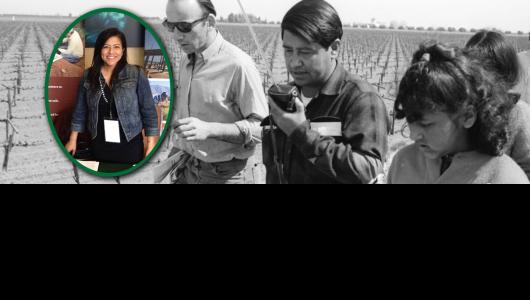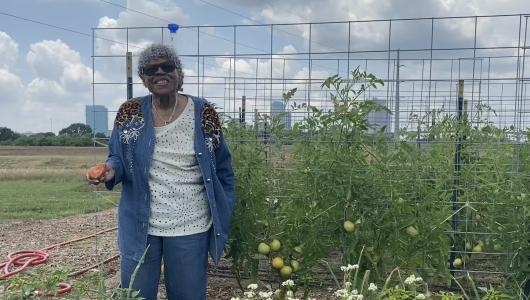Pickup trucks, working dogs, cowboy hats, and running shoes. These were the diverse sights I registered as my eyes scanned the 100-plus crowd gathered under Montana’s Big Sky this past Saturday.
You could tell right away this wasn’t a typical ranching operation, and it certainly wasn’t going to be your normal run. It was a mixture of both, aptly named the Montana Ranch Run, now in its fourth year.
Organized by Kari Berg Marks and the Montana CattleWomen, the race serves as a bridge that links urbanites with rural America. The primary goal is to introduce a new audience, the running community, to the beauty of Montana's farms and ranches as well as educate them about the importance of agriculture and private land stewardship.
The Montana Ranch Run is a 25-mile race that takes participants through three ranches, giving them a firsthand view of ranching in Meagher County. Tim Griffiths with the Natural Resources Conservation Service was one of the participants in the race this past weekend.
Additionally, I believe the unpublished secondary goal is to have as much fun as possible in the process. As to accomplishing both, I can now personally attest.
The course runs approximately 25 miles through three multi-generation ranches and transects the Lewis and Clark National Forest in Meagher County, Montana. It’s organized into five legs that can be run solo or as a team of two to five members.
The landscape is as varied as the participants, and seamlessly links public and private lands that blend low elevation winter range with high mountain elk and moose calving grounds. Oh, and the course is run completely on dirt. Your feet never hit blacktop!
The 25-mile race was ran by two to five people, and posters were set up at the exchange points providing information on ranching.
This year, USDA was provided an opportunity to help support last weekend’s run. I jumped at the chance to help create posters and outreach materials used throughout the race. The project proved almost as fun as the run itself as we discovered so many amazing facts to share like:
- Agriculture is Montana’s number one industry, valued at more than $4 billion annually. This is more than the value of gas and oil, mining, and the wood and paper products industries, combined.
- Montana ranchers provide 39 million acres of open space and wildlife habitat. This is an area larger than 18 Yellowstone National Parks
- Approximately half of all threatened or endangered species have at least 80 percent of their habitat on private agricultural land. This makes private landowners critical to successful species recovery.
- On average, USDA’s Natural Resources Conservation Service invests upwards of $8 million every day of the year into conservation systems that help producers stay productive and profitable.
The facts were incorporated into posters and displayed at the exchange points between legs, each of which also featured “agriculturally-inspired” treats. In fact, somewhere between the first and second exchange points, I had a hard time concentrating on running as I was vividly daydreaming about the homemade beef jerky that was waiting at exchange three. It was also nice to have so many of the local ranch families on hand, from helping at the exchange points to running the course themselves. Incredible people to say the least.
At the Montana Ranch Run, participants received a cattle ear tag as the finisher medal.
Runners also got to hear from Dusty Hahn, a rancher from a neighboring county who shared his compelling personal story of working lands and conservation and talked about the many ways that agriculture, fish, and wildlife are all thriving together in his community. His insights to success was clear as he eloquently stated, “We’ve accomplished all of our great deeds only through collaboration and cooperation.”
USDA, following those same principles, helped landowners in Meagher County apply conservation on 106,000 acres to improve water, forage and wildlife habitat in the last year and a half alone.
As I neared the end of the journey, I could see three little girls in summer dresses all lined up at the finish. They were local rancher kids, probably fifth or sixth generation, just doing their part to chip in to help mom, dad and the grandparents complete another day in the office. They were all smiles awarding the runners with their medals, or cattle ear tags in this case.
To be honest, it made my whole day. I also felt extremely proud to work for the Natural Resources Conservation Service, which prides itself on “Helping People Help the Land.”


